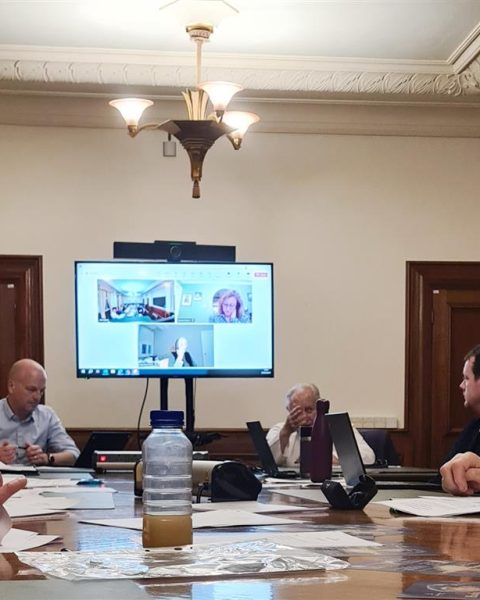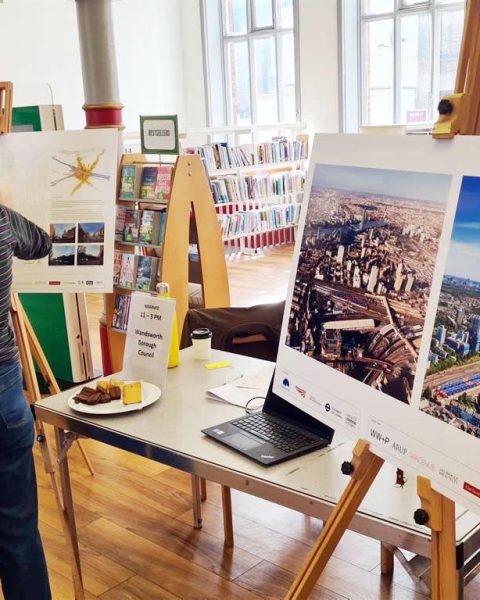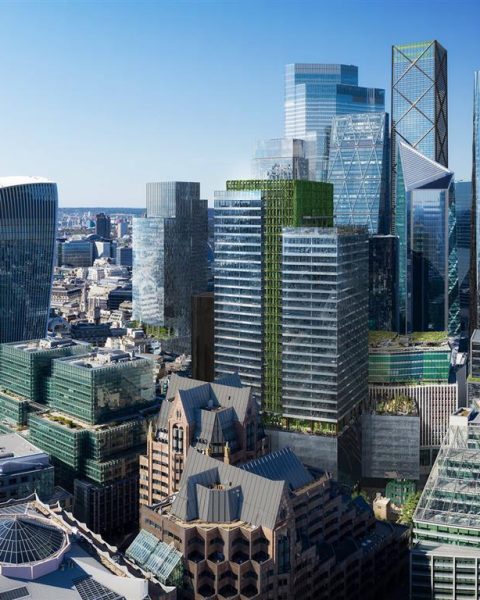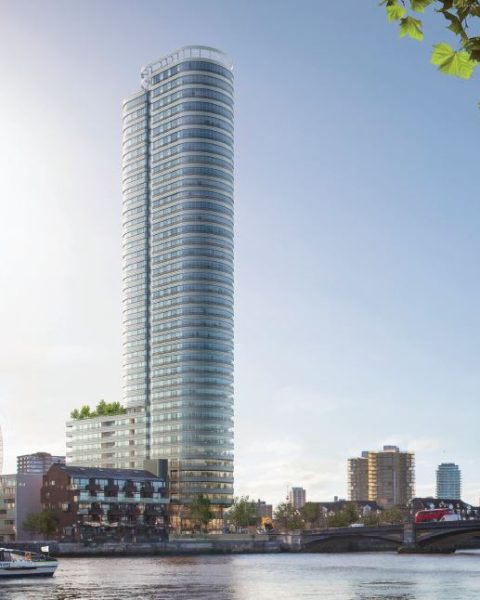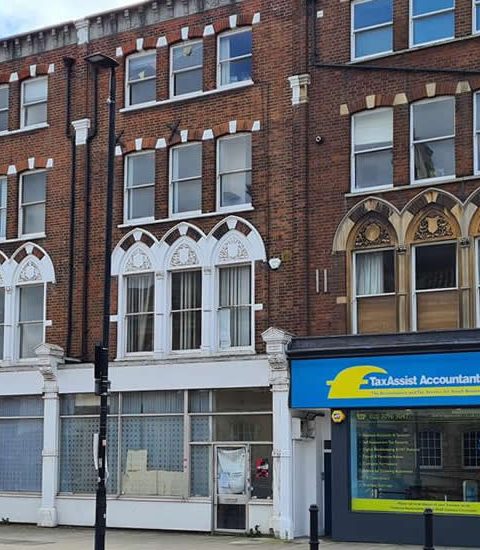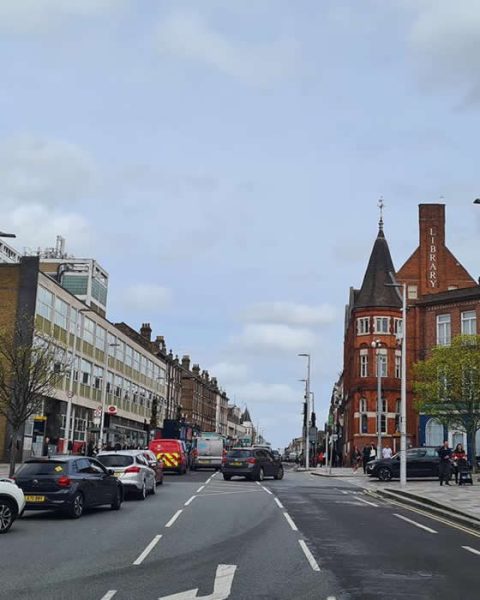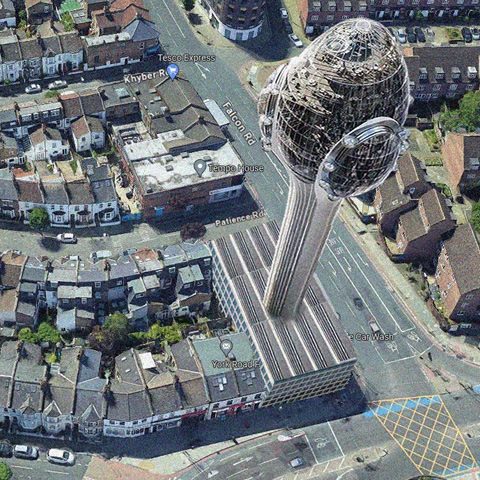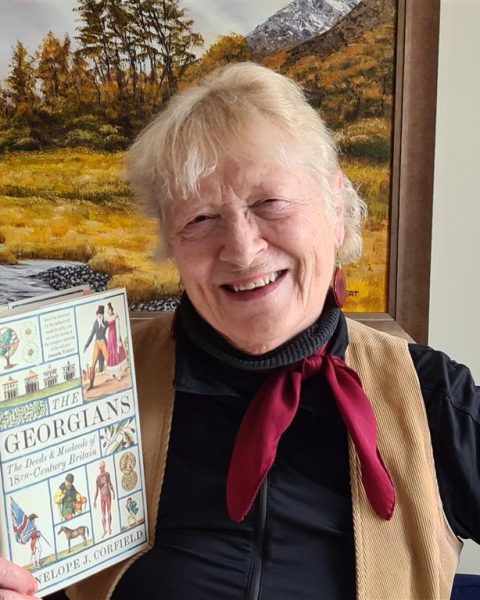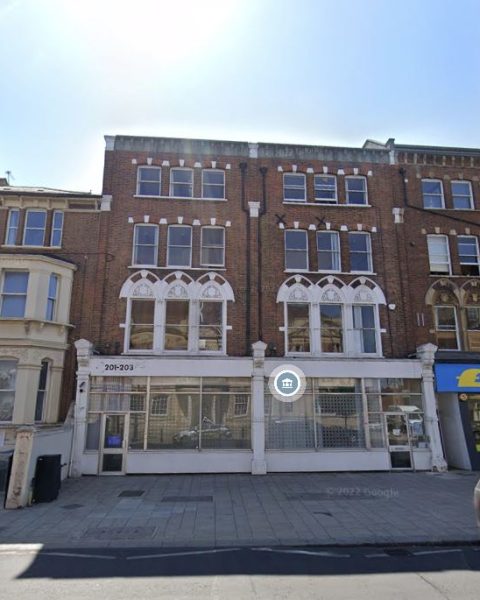Author: Cyril Richert
Wandsworth Borough Council is currently proceeding to the set-up of a new Local Development Framework (LDF) in conformity to the London Plan. The Core Strategy sets out the the Council’s vision on the development of the borough for the next 15 years (more explanation here).
The Core Strategy 2009 document was submitted to the Secretary of State on 20 March 2009 and an Exploratory Meeting was held on Tuesday 16 June 2009 (full notes are available here). The Inspector considered that additional work may need to be undertaken and that some changes are required in order make it sound. Her concerns related to three areas: affordable housing, tall buildings and implementation and monitoring. The purpose of this exploratory meeting was to hear from the Council what it intended to do in response to the concerns identified.
On the second point, tall building, it says:
15. The Inspector set the scene by referring to government-endorsed Guidance on Tall Buildings published by English Heritage (EH) and the Commission for Architecture and the Built Environment (CABE). This urges local planning authorities to consider the scope for tall buildings as part of its strategic planning. In identifying areas where tall buildings might or might not be appropriate, local planning authorities should as matter of good practice, carry out a detailed urban design study, identifying the constraints and opportunities in their particular area. This work should inform specific policies and locations in the development plan, clearly identifying in a mapbased form areas that are appropriate, sensitive or inappropriate for tall buildings. No such study had been submitted in support of the Core Strategy and it was unclear from the submission document and the evidence base what had informed the Council’s approach to identifying locations where tall buildings may be appropriate in both place-based and issue-based policies.
16. In response to concerns about the absence of an urban design study, the Council recently produced a Draft Stage One Urban Design Statement June 2009, copies of which have been provided to EH for comment and to the Inspector. The Inspector advised the Council that she would look carefully at the final version of this document to see
- what account had been taken of the historic context of the wider area, the character of the immediate context, opportunities where tall buildings might enhance the overall townscape and sites where the removal of past mistakes might achieve the same outcome
- whether there is any conflict between locations identified in the CS as areas where tall buildings might be appropriate and protecting strategically important views, and if so how this would be addressed
- what changes (if any) are suggested to issue-based and place-based tall buildings policies stemming from the ongoing discussions with EH
17. In response, the Council confirmed that the Draft Stage 1 Urban Design Statement drew together all sources of information used to inform CS policies relating to locations where tall buildings might be appropriate, subject to meeting specific criteria. This draft document would be reviewed in the light of comments made by EH. The impact of tall buildings on strategic London views would also take into account the London View Management Framework and the Mayor’s recently published draft revised guidance on this subject.
18. It was intended to give more emphasise to the importance of historic context and to clarify how the Council would weigh the balance of costs and benefits when assessing proposals for tall buildings. The Council was also considering standardising references to tall buildings in the CS place-based policies. Any proposed changes to policy wording following discussions with EH would be reported to members in July.
19. A Stage Two Urban Design Statement would be produced for lower level DPDs. This would look at individual sites within the broad locations where tall buildings might be appropriate, indicating for example, areas where such buildings would not be acceptable, or where maximum building heights would need to be specified so as to protect strategic views.
20. EH confirmed that it had been in discussion with the Council about the CS approach to the location of tall buildings. It had been consulted on the draft Stage One Study and raised a number of issues with the Council, including what account had been taken of the London View Management Framework as adopted, and as proposed to be revised. Further information had been requested on landmark buildings in historic areas, and how CABE/EH guidance would be integrated into the tall buildings assessment criteria being developed as part of the Stage Two Study.
21. EH welcomed the Council’s commitment to give further thought to the height of buildings affecting views of the World Heritage site at Westminster and the relationship between building heights and strategic views. EH considered that amendments were required to policy wording to ensure that the costs and benefits of tall buildings would be given equal consideration.
22. In EH’s view, the publication of the revised Urban Design Statement and changes to CS Policy IS 3 and place-based policies relating to the location of tall buildings, together with clarification of the criteria for assessing tall buildings, represented the way forward on this issue. Whilst these minor changes would require a sustainability appraisal update, in EH’s view there would be no need for further public consultation.
In the Draft Stage One Urban Design Statement June 2009, we can read (page 14):
3.26 […] As EH/CABE guidance says “in the right place, tall buildings can make positive contributions to city
life”. (Paragraph 1.1) “In the right place they can serve as beacons of regeneration and stimulate further investment”. Wandsworth has
identified this fundamental principle as being particularly relevant to 15 Wandsworth Town and Clapham Junction. The work described in the following paragraphs of this report has begun to bring together different policy strands into spatially specific analyses, such as the protection of historic context with promotion of regeneration objectives. […]
4.4 It was always intended that the Policy should be construed as self-contained, integrating both the pro’s and con’s for tall buildings in one place, starting with the overarching statement at point (a) that “The Council will protect and reinforce the existing varied character and heritage of the borough.” By continuing with other constraints and requirements before identifying areas within which tall buildings might be appropriate it was intended that locations not identified were to be regarded as not even having the potential to be appropriate. However, for the avoidance of doubt the following is a suggested re-wording of the Policy outlined below.
4.5 Revised Policy wording: It is recommended that Policy IS3 d – Tall buildings, is amended to
read:“Tall buildings, that is those which significantly exceed the prevailing height of surrounding buildings, may be appropriate in locations which are well served by public transport, such as the town centres and Nine Elms near Vauxhall, or at other defined focal points of activity, taking account of the existing historic context, providing they can justify themselves in terms of the benefits they bring for regeneration, townscape and public realm. Tall buildings are likely to be inappropriate in other areas. Detailed criteria for the assessment of tall buildings and consideration of the appropriateness of tall buildings on individual sites will be contained in the Development Management Policies Document and Site Specific Allocations Document.”
4.6 A map has now been prepared showing all the locations in the borough where tall buildings may be appropriate […]
To read more about our thoughts on the Core Strategy and suggested amendments, read our article: Voices are coming from all directions for a review on Council’s guidelines for planning.
You might also consider whether the proposed 42-storey twin towers for Clapham Junction, encouraged by WBC planning services, were in line with point 4.4 above stating: “The Council will protect and reinforce the existing varied character and heritage of the borough”
More news on our views on the Core strategy coming soon...



